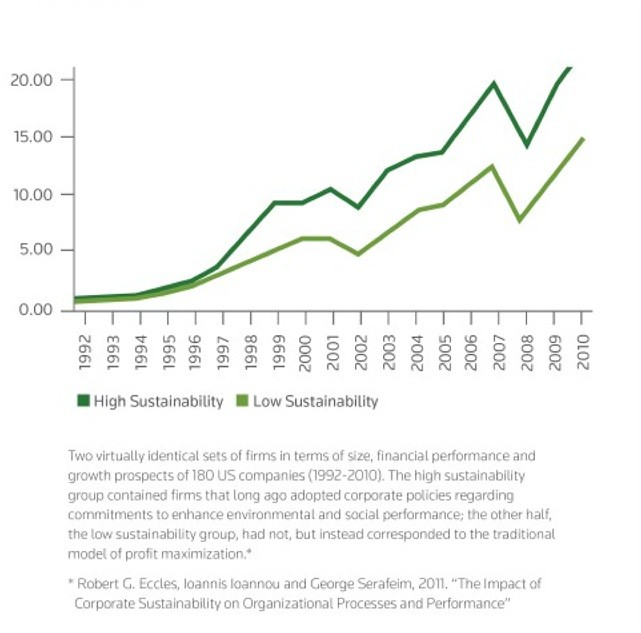How Your Investment Choices Compare to Your Peers US News
Post on: 14 Июль, 2015 No Comment

Find out which investments other people your age selected.
Retirement investors generally choose more conservative investments as they age and their account balance increases. Conversely, the youngest investors and those will the smallest account balances generally select the riskiest investments, according to a recent Employee Benefit Research Institute analysis of 10.9 million IRA accounts. Here’s a look at how people adjust their retirement investment strategy as they age:
Ages 25 to 34. People in this age range have a greater proportion of their IRA (71.3 percent) invested in equities—often via mutual funds and individual stocks—than any other age group. They have the longest time until retirement, so they have the greatest ability to take advantage of the extra risk to get the anticipated higher returns from equities then you get from bonds, says Craig Copeland, a senior research associate at EBRI and author of the report. This is also the age group most likely to be invested in balanced funds such as lifecycle funds and target-date funds, with 26 percent of assets invested in these types of funds. Investors in their late 20s and early 30s have 5.6 percent of their IRA balance invested in bonds and 8.4 percent invested in money funds, including money market mutual funds and certificates of deposit.
Ages 35 to 44. Investors in their late 30s and early 40s continue to have a high equity allocation (69.4 percent), and 16.8 percent of their account balances are invested in balanced funds. They allocate slightly more to bonds (8.4 percent) than younger investors and 8.6 percent to cash investments.
Ages 45 to 54. Retirement savers in this age range have 63.4 percent of their nest egg in the stock market and 12.1 percent in the bond market. I like buying bonds for people when they are in their 40s or 50s, says Bridget Sullivan Mermel, a certified financial planner for Sullivan Mermel in Chicago. That allows them to feel more comfortable taking risk with the equity that is remaining. They have 13.3 percent of their IRA balance invested in balanced funds and 8.9 percent in money funds.
Ages 55 to 64. IRA owners over age 55 are much less likely to be invested in equities and balanced funds than those under age 55. People within 10 years of traditional retirement age have cut back their equity exposure to 52.2 percent of their account balances, and increased their bond allocation to 18.7 percent. They also have 10.8 percent of their assets in balanced funds and 9.1 percent in cash. In my experience, their willingness to deal with the volatility of the stock market decreases as they get to within five years of retirement, says John Trott, a certified financial planner for Valeo Financial Advisors in Indianapolis. That’s when they are beginning to get close enough to understand that they don’t have time to ride out another correction in the stock market. We tend to decrease the equity allocation and most of that shift goes into some form of fixed-income investments and bonds and bond mutual funds.
Ages 65 to 69. Investors further cut their equity allocation in the early years of retirement, with 46.2 percent still invested in the stock market. Those in their late 60s have 22.7 percent of their IRA accounts invested in bonds and 9.7 percent invested in money funds. They are less likely to have extreme allocations than younger people, says Copeland.
Age 70 and older. Investors age 70 and older have 45.3 percent of their IRA balances still in the stock market. Only a small portion of their assets (8.8 percent) are invested in balanced funds. Instead, retirees in this age range have a quarter (25.4 percent) of their account invested in bonds or bond funds. Having some money in some conservative investments in your retirement makes a lot of sense, says Mermel. When you are not earning money anymore, my recommendation is to put a portion of your savings in a CD ladder and a bond ladder.














